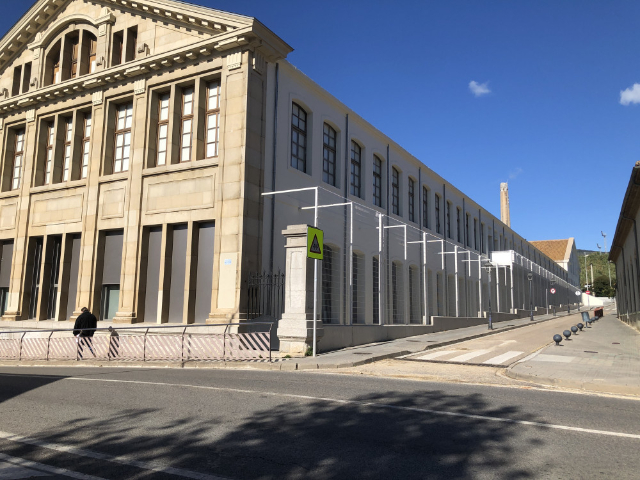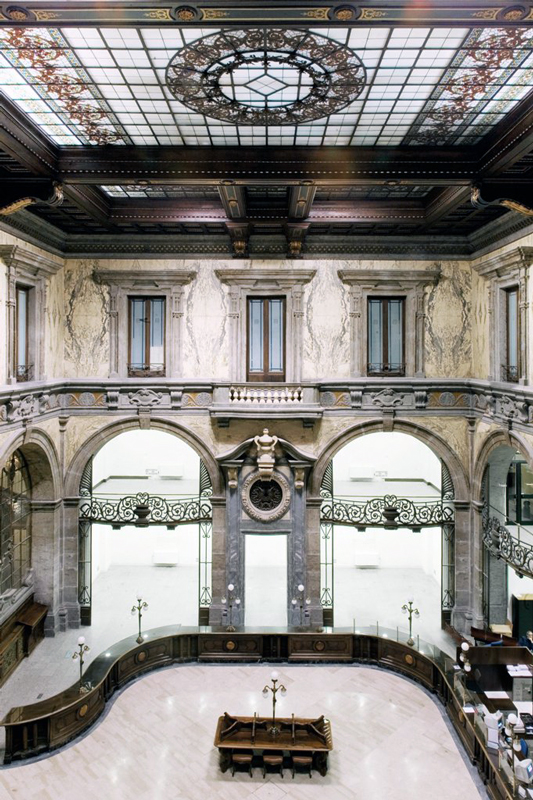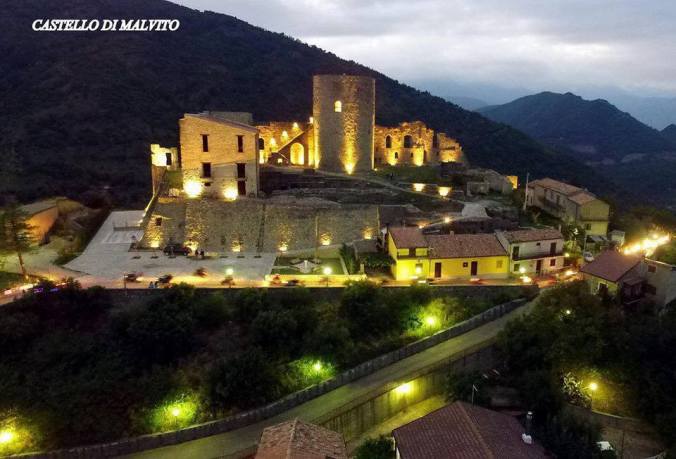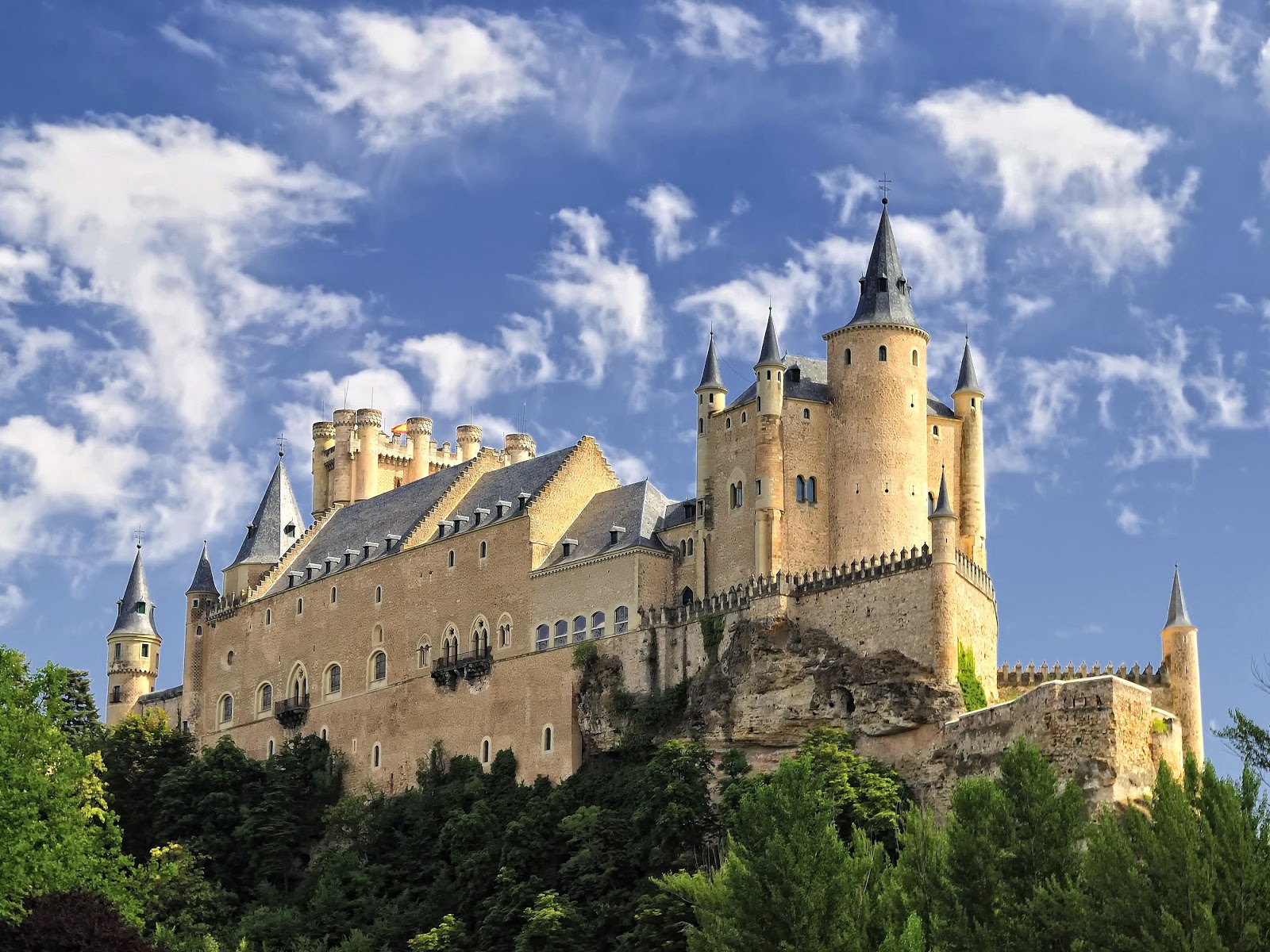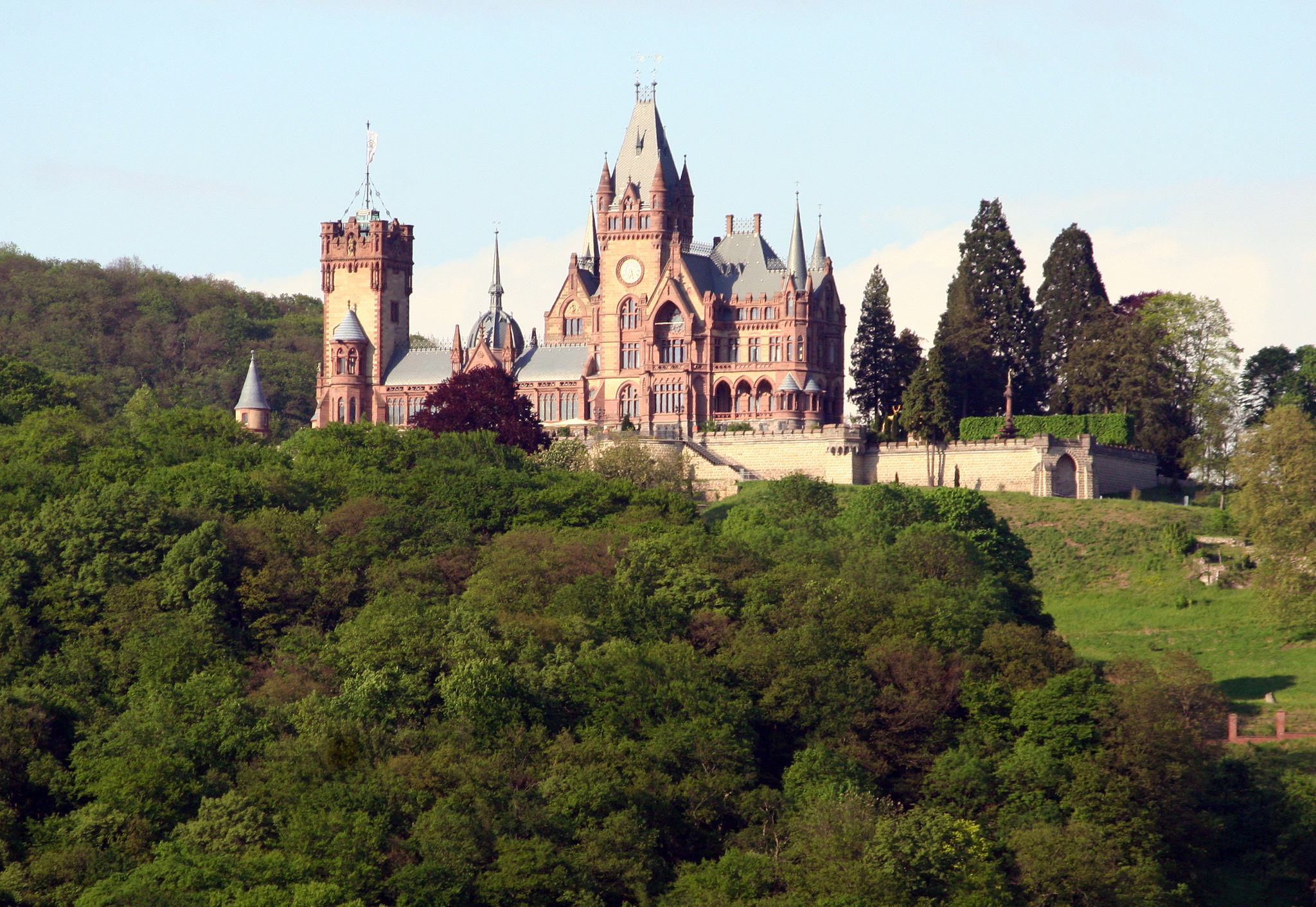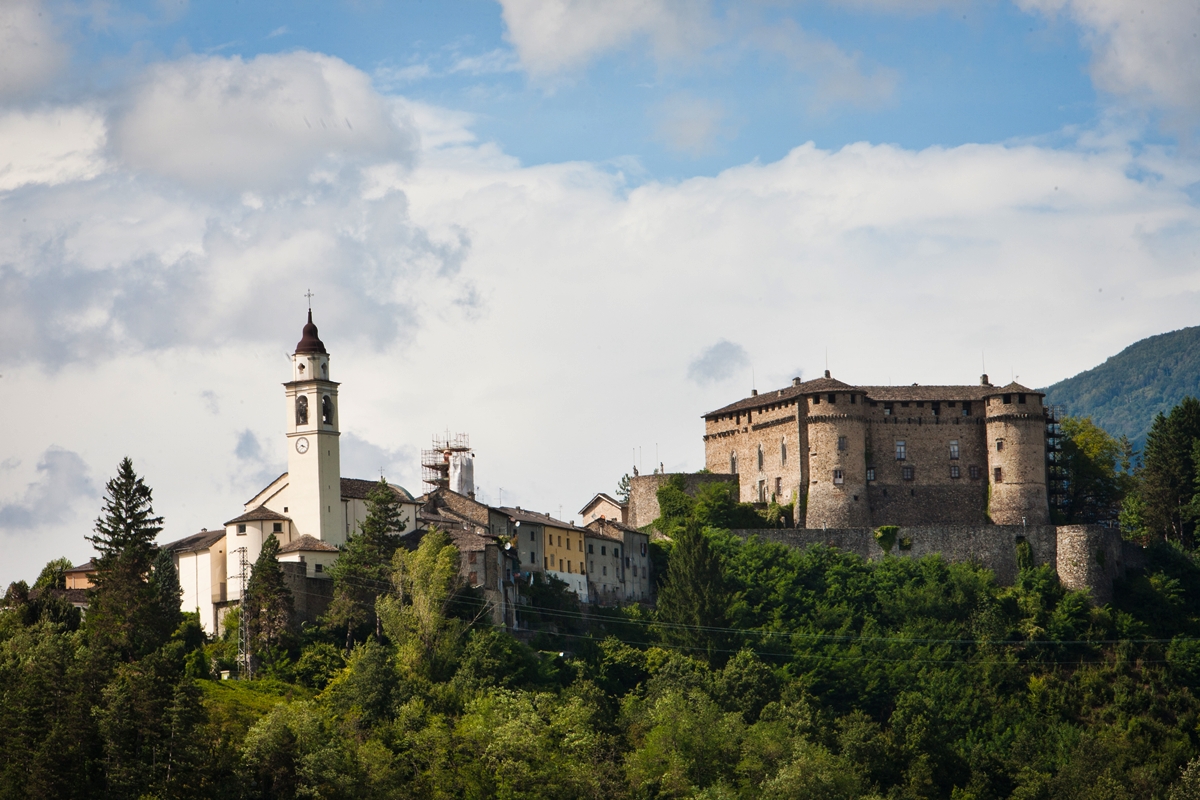Starza Penta Casino
The first news about the Palace dates back to 1552 and is mentioned as ‘Starza della masseria delle Torri’ in the act of donation that Diomede II made to his wife Roberta di Stigliano. It is then cited in 1610 among the possessions of Diomede IV with the name of Starza Penta. The structure of the farm, in the sixteenth-century phase, was fortified with watchtowers, of which two remain, and traces are also preserved at the foundation level, in the main body and in the courtyard.
With the rise to power of the seventh Duke Martius III (1660-1703), the farm underwent radical restoration work and was transformed into a hunting lodge and leisure villa, without giving up the vast productive activity that counted on a 70-meggi estate.
During the reign of Charles III of Bourbon the building experienced its period of greatest lustre, often hosting the sovereign on his frequent hunting trips. After Charles III left for Spain, in 1759 the Casino began a slow decline. Passed in the early 1800s to the Carafa of the Colubrano branch, it was requisitioned in 1850 to house a contingent of soldiers of the 13th "Swiss Hunters". Returned to the Carafa in 1855, in the following year it was purchased by the notary Raffaele Palladino who renovated the facade. The present day layout reflects that of the restoration desired by Marzio III, only partially modified by subsequent interventions aimed at transforming the structure from Casino da Caccia to an urban building in the mid 1800s.
In 1939 it was expropriated and assigned first to the Military State Property and then from 1993 to the Historical and Artistic Property, currently in use at the Museum Pole of Campania.


